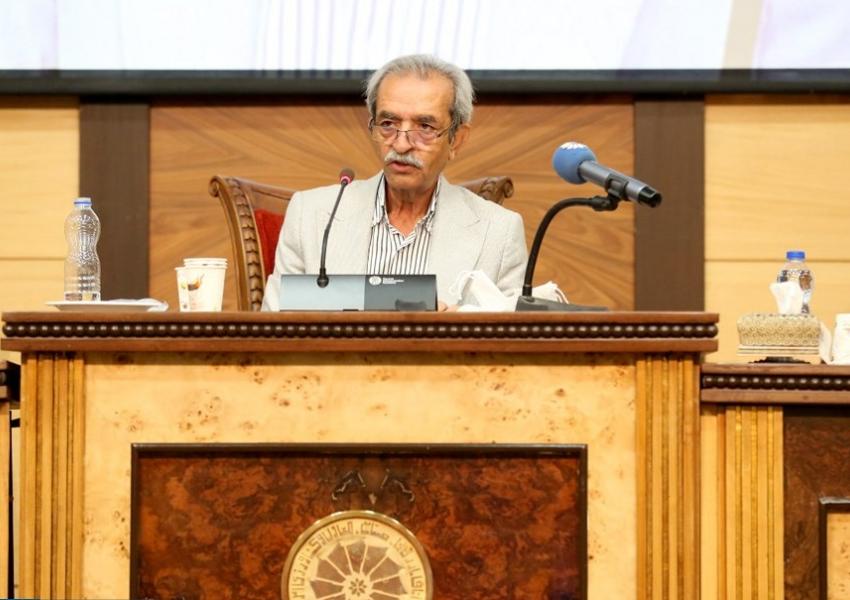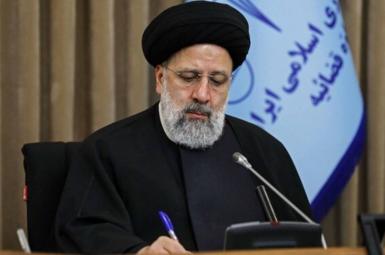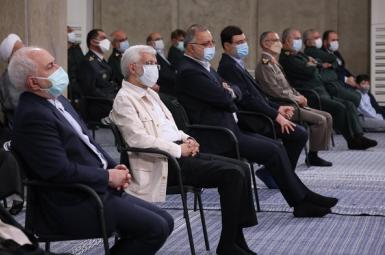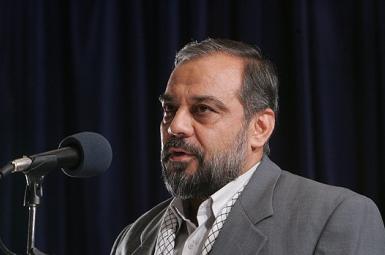
Iran Commerce Chamber Chief Warns About 57% Drop In GDP
Gholam-Hossein Shafei, Chairman of Iran's Chamber of Commerce, has warned that the government needs to remove "domestic and international obstacles to production" in the face of a 57 percent drop in GDP, and revise economic policies to stimulate competition and create a favorable environment for investment.
Speaking at a meeting of chambers of commerce in Mashhad, Shafei cited World Bank figures based on current dollar exchange rates against the rial showing Iran’s Gross Domestic Product (GDP) had fallen from $445 billion in 2017 to $192 billion in 2020.
The bank’s calculations using the official exchange rate give a GDP of $628 billion for the Iranian year 2020/21, with GDP growing 1.7 percent after two years in which the economy contracted 12 percent. However, the official exchange rate is misleading as most imports and prices are driven by the market exchange rate, showing Iran’s currency declining ninefold in four years and revelas the real extent of decline in its GDP.
Shafei in July said that success in lifting US sanctions would be "one of the greatest tests" of President Ebrahim Raisi's (Raeesi) government. In his Mashhad speech, he said the statistics he cited were “stern warnings for the future of the Iranian economy and emphasized the need for revising the present policies.” He argued the government needed to foster market competition as a way to increase tax revenues and reduce a fiscal deficit that was fueling inflation.
Iran came under US ‘maximum pressure’ sanctions as President Donald Trump in 2018 withdrew from Iran’s 2015 nuclear agreement with world powers, the JCPOA (Joint Comprehensive Plan of Action), cutting off its main source of hard currency through oil exports. In June 2020, vice-President Es'hagh Jahangiri said revenue from crude oil exports − $60.2 billion in 2018, on Opec figures – was about $8 billion annually.
The decline in Iran’s economic fortunes are related to both ten years of international and US sanctions, as well as to its inefficient, centralized economic system plagued with political favoritism and corruption.
Iran's economic woes and a rise in poverty have led to widespread protests since late 2017. In August the ministry of labor reported that poverty had increased 38 percent from March 2019 to March 2020, with roughly one-third of Iranians below the poverty line defined as an income of 25 million rials a month ($200 at the time). On World Bank figures, GDP per capita fell from $14,538 in 2017 to $12,433 in 2020, but again this was calculated based on official exchange rates, misleading in gauging real rise in prices.









